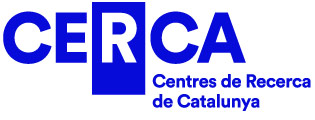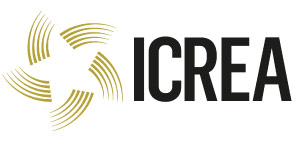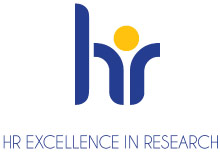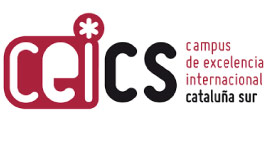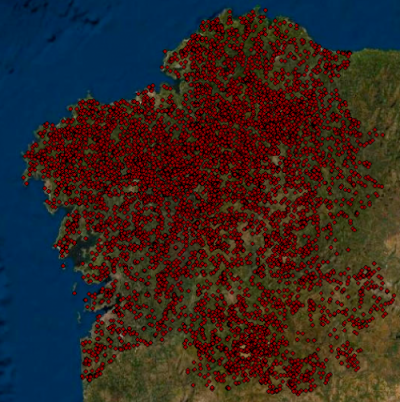
Recently, an article in La Vanguardia highlighted our projects in Galicia (Spain), where we have been using Artificial Intelligence and Deep Learning to automatise the detection of archaeological features, structures, and sites. With this post, we wanted to provide insight into this transformative methodology.
A transformative methodology
Artificial intelligence (AI) is being considered the fourth industrial revolution. Derived from engineering and robotic research, the latest AI enhancements have been driven by Machine Learning (ML) and even more by Deep Learning (DL).
The GIAP team, in collaboration with Dr. Miguel Carrero (University College London & University of Santiago de Compostela, GEPN-AAT), Dr. João Fonte (University of Exeter), Dr. Benito Vilas (University of Vigo), and the Computer Vision Center (CVC), has developed a DL algorithm for the detection of burial mounds in Galicia (NW of the Iberian Peninsula) on a wide scale.
Ph.D. researcher Iban Berganzo (ICAC), led by Dr. Hector Orengo (ICAC) and Dr. Felipe Lumbreras (CVC) has been able to computationally detect almost 9,000 burial mounds in Galicia, mapping those archaeological remains on a scale that was previously unthinkable. This algorithm uses the YOLOv3 object detection system (Redmon and Farhadi 2018) and the Multi-Scale Relief Model (MSRM) terrain analysis algorithm (Orengo and Petrie 2018) to visualize and detect these barrows.
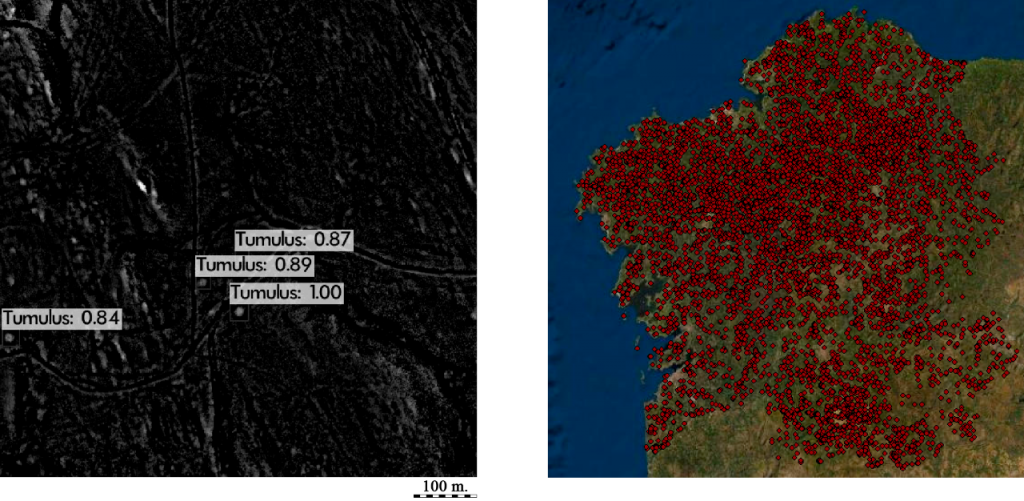
Promising preliminary results
It appears that these preliminary results, to be published in the coming weeks, could change the current state of knowledge on the spatial distribution of the barrow landscape in Galicia (Carrero-Pazos 2019). Firstly, the researchers will compare the automated detected mounds with their current databases, and then, during the summer, they will conduct several fieldwork campaigns to test the new results.
This AI tool has demonstrated the possibility of automating the detection of archaeological features, structures and sites, and could be applied in other regions and case studies.
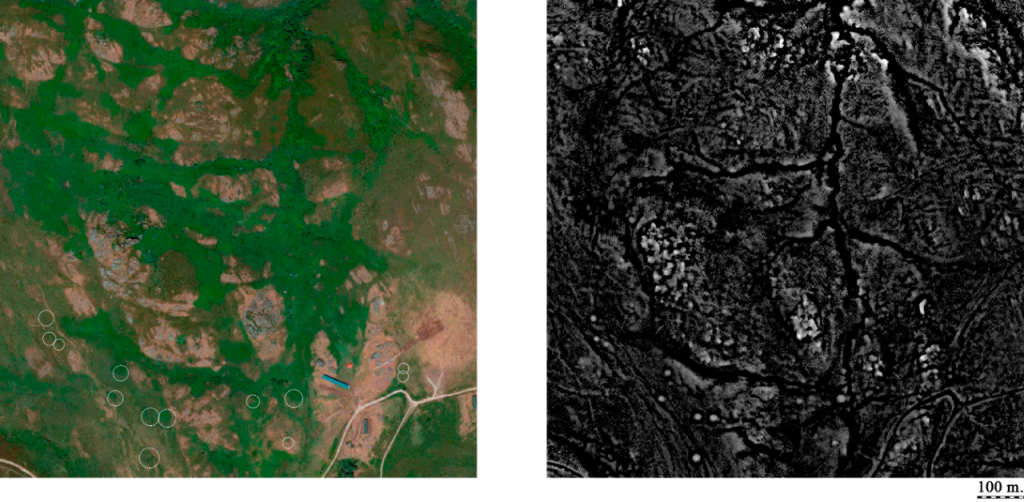
– You can read the original post at the GIAP website –
Bibliography
Carrero-Pazos, M. 2019. Density, intensity and clustering patterns in the spatial distribution of Galician megaliths (NW Iberian Peninsula). Archaeol Anthropol Sci 11, 2097–2108 (https://doi.org/10.1007/s12520-018-0662-2).
Orengo, H. A. & Petrie, C. A. 2018. Multi‐scale relief model (MSRM): a new algorithm for the visualization of subtle topographic change of variable size in digital elevation models. Earth Surf. Process. Landforms, 43: 1361– 1369. DOI: 10.1002/esp.4317.
Redmon, J. & Farhadi, A. 2018. YOLOv3: An Incremental Improvement (arXiv:1804.02767).
Related news
Carrero-Pazos, M. 2019. Density, intensity and clustering patterns in the spatial distribution of Galician megaliths (NW Iberian Peninsula). Archaeol Anthropol Sci 11, 2097–2108 (https://doi.org/10.1007/s12520-018-0662-2).
Orengo, H. A. & Petrie, C. A. 2018. Multi‐scale relief model (MSRM): a new algorithm for the visualization of subtle topographic change of variable size in digital elevation models. Earth Surf. Process. Landforms, 43: 1361– 1369. DOI: 10.1002/esp.4317.
Redmon, J. & Farhadi, A. 2018. YOLOv3: An Incremental Improvement (arXiv:1804.02767).


